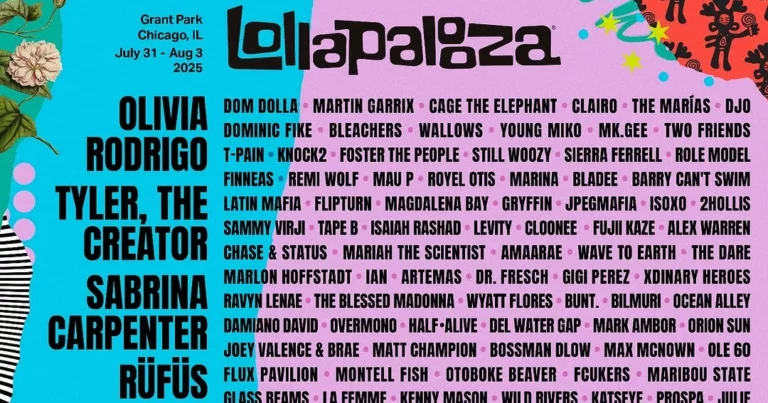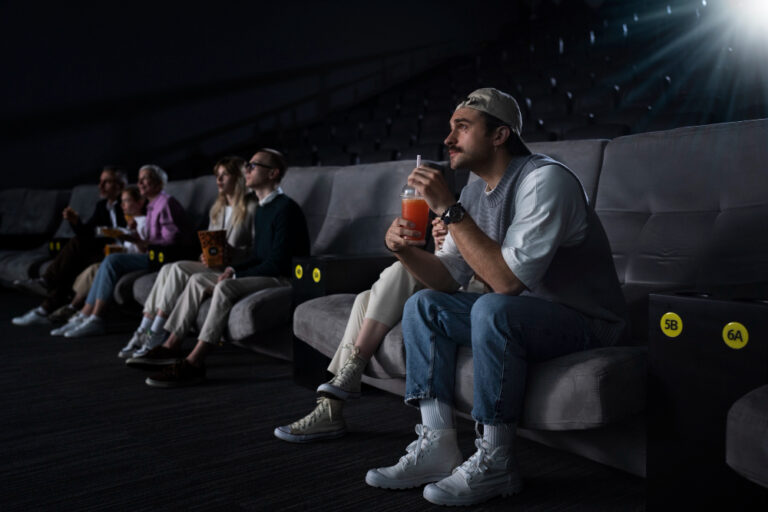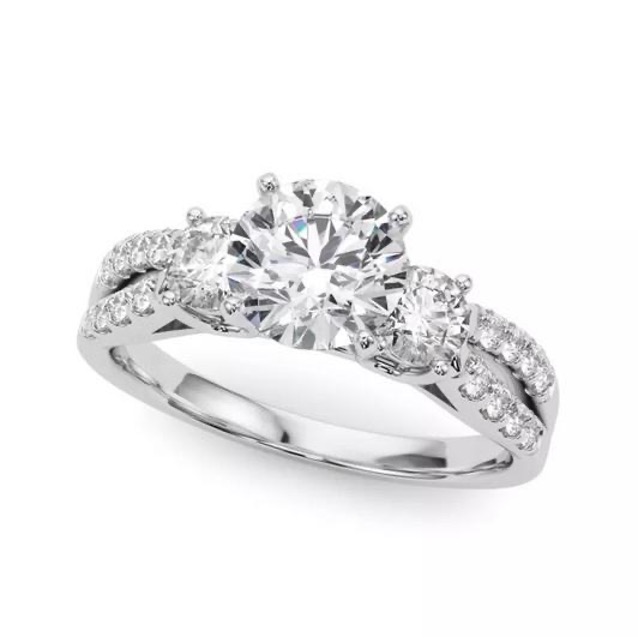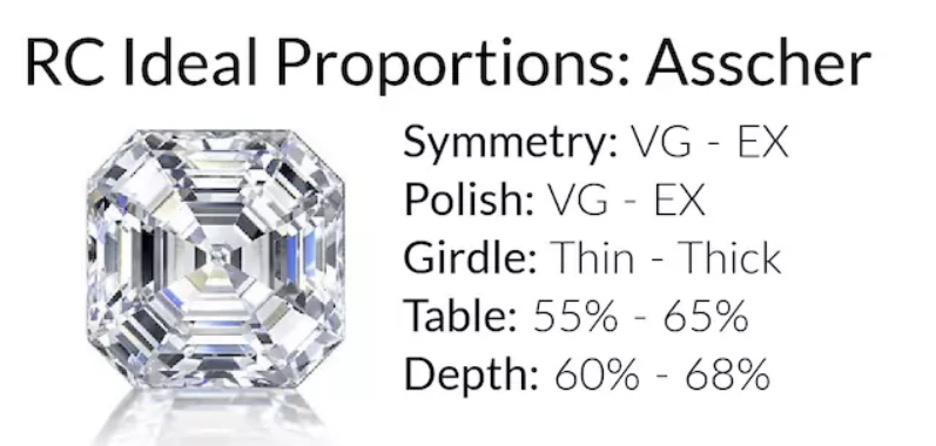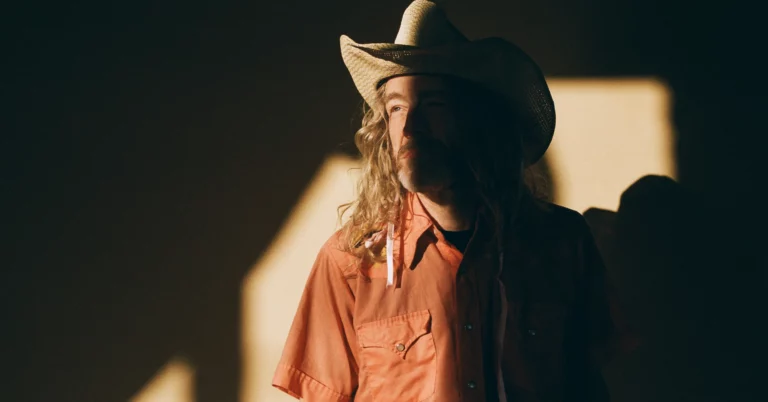It is widely known that the gambling industry (including both online and offline casinos) is extremely entertaining and profitable, which makes it very alluring to gamblers of all ages and walks of life.
However, it doesn’t change the fact that it also comes with inherent risks, that may jeopardize your safety and ruin your gambling experience if you aren’t cautious and responsible enough.
This refers to every player, even the ones who have lots of experience when it comes to this industry. That’s precisely why you need to focus on creating specific strategies that will enable you to stay safe while having fun.
If that’s what you are currently looking for, then you’ve come to the right place, because this informative article is going to provide you with some useful tips that were provided by some of the most knowledgeable names from the gambling industry.
The Platform Must Be Reliable
There are various things that you cannot control or predict when playing online casino games, however, what you can do is to make a smart decision when choosing a bookmaker. The whole point is to hunt down an Online Casino that’s reliable and that won’t stand in your way during this journey. So how will you be able to determine this?
For starters, you need to opt for an operator that is licensed and properly regulated as well. A license should be issued by an eminent regulator from this industry, such as the UK Gambling Commission, Malta Gaming Authority, etc.
Besides that, you should take some time, and do your homework to see what others (more experienced punters) have concluded about the platform that piqued your interest. This type of information can normally be found by going through online reviews.
They are typically packed with information regarding the casino’s professionalism, reliability, selection of games, and many other details. If you notice a lot of complaints as far as this is concerned, then it would be recommended to steer clear of it.
Only Pick The Bookmaker That Offers Safe Payment Methods
Since you’ll be making transactions during gambling, then it’s mandatory to choose safe payment methods that will ensure that no one steals your money or sensitive information. There are several payment methods that are considered secure, and the ones that are the safest include the following:
- Credit cards – They are by far, one of the most reliable forms of payment that you can opt for during gambling. Generally speaking, credit cards provide very high levels of security, and are very effective and fast.
- Prepaid cards – These function similarly to debit cards, and they do not force you to link them to your bank account.
- E-Wallets – There are a few platforms that offer secure transforms, like PayPal, Skrill, and Neteller. They aren’t only safe, but very straightforward and fast too.
- Cryptocurrency – This is one of the latest innovations in the gambling industry, and according to some, they are the safest payment method, that’s also very quick.
- Bank transfers – This is old but gold. Although it’s generally very safe, it isn’t intended for those who aren’t patient enough because it takes some time to transfer your cash.
You Need To Employ Strong Passwords!
This is something that cannot be stressed enough and something that must be implemented regardless of your online activities, especially the ones that involve adding your private information.
Those who always make sure they stay safe while playing their favorite casino games typically create very long passwords that are difficult to crack due to their complexity. The ones that are considered the safest are the ones that have at least twelve characters, that consist of numbers, letters, and various symbols.
In addition, your password should be authentic. Don’t use terms that are generally simple or recognizable or something that can easily be associated with you, such as your date of birth, name, or anything similar to it.
Speaking of this, all your accounts should have different passwords. If that’s too challenging for you, then you should consider utilizing a password manager that’s going to suggest all kinds of powerful passwords.
This tool is very useful, yet easy to use, and you can leverage it not only on your computers but on your cell phones as well.
You Need To Set Certain Limits
There’s no denying that online gambling can be very addictive and that sometimes, it can be difficult to control yourself and your gambling activities, however, this is something that must be done if you want to safeguard yourself (and your funds) as much as possible.
Since it is generally very enticing and entertaining, you can easily lose track of time and the amount of money you spend. Therefore, it’s of huge importance to set limits on both of these things.
For starters, before you take any further steps when it comes to this, you should first determine your budget, and that’s supposed to be an amount that you can risk losing. Whatever you set, just be sure to stick with it.
Apart from that, since it wouldn’t be wise to spend the entire day playing online casino games, you should also set an alarm and/or utilize a screen-time monitoring tool that’s going to help you keep track of time.
Yes, it may be easier said than done, however, this is a proven method that has helped seasoned punters stay safe at any given moment.
Don’t Drink When Gambling
To some of you, this suggestion may sound a bit strange or silly, but the truth is that drinking alcohol is never a good idea when playing your favorite games. That’s something that every responsible player is aware of.
When you are not sober, then you aren’t in full control of what’s going on and your overall actions, increasing the risk of making massive mistakes during this process. There’s no need to remind you how detrimental alcohol can be and how it can negatively affect your judgment.
Yes, the amusement levels may be a bit “boosted” when you mix alcohol and gambling, but it also comes with numerous risks that may endanger not only your well-being but your budget too!
The bottom line is, that every gambler must have a clear head when gambling online because when that’s not the case, it can completely ruin your gaming experience.
Why Do You Want To Gamble In The First Place?
As stated in the beginning, online gambling (and the entire industry, in general) is undoubtedly, very thrilling and amusing, and if these are the reasons you want to join this community, then that’s completely acceptable.
Besides that, if you want to earn fast cash with its assistance, then that’s also a fairly good reason. On the other hand, if you’re financial situation is bad and you need to pay off your debts, then it definitely isn’t smart to resort to gambling in these instances.
Although playing online casino games can be lucrative, it can be risky as well. Therefore, if your financial issues are the biggest reason you are resorting to this industry, then you should rethink this decision.
Instead, it would be much better to talk to someone to see what you can do to overcome this obstacle, and not perceive gambling as a solution to your financial health. A financial advisor in these types of situations can be of huge assistance, so make sure to contact them if you are too concerned about your current money situation.
Fraudsters Are Everywhere!
Hackers, fraudsters, and fishy websites are literally everywhere, and that’s a fact that cannot be denied regardless of the things you do in the virtual world. All these threats have only one intention and goal and that is to steal your personal information through a variety of different sneaky tactics.
There are a plethora of different sites that, at first glance look very promising (in every way) and that will try to do whatever they can to assure you that they aren’t fishy and that offer all kinds of fantastic amenities.
But don’t fall for that at any cost. Although there are lots of trustworthy platforms, it doesn’t mean that there aren’t the ones that are nothing but scammers. If by any chance, you start receiving messages or emails promising you various tempting rewards (just like that) or are guaranteeing anything (there’s no such a thing in the gambling world), then it most likely means that you are dealing with fraudsters whose only goal is to trick you.
Aside from that, bear in mind that there are many operators that use fixed software that is designed to reduce the likelihood of winning. This is another factor that you must focus on when determining if a particular bookmaker is reliable or not.
Don’t Forget The Updates!
It would be advisable to keep your gaming software and hardware updated as much as you can. Now, this doesn’t mean that you’re supposed to check the Settings tab all the time. It’s much more practical to simply set up an automatic update so that every update is installed as soon as you’re online and using your device. In these instances, you need to restart your device as soon as the update is complete in order to fully install it.
If you are able to, you should do it whenever it is suggested by your system, however, if you do not have the time (for whatever reasons), then you can simply schedule this. By doing so, you won’t need to worry whether you’ll forget it or not, and, simultaneously, you’ll protect yourself and your device.
Always Know When To Quit!
As stated previously, gambling can be extremely entertaining and it’s generally a great way to kill boredom and amuse yourself, however, it’s crucial to keep in mind that the house almost always has a certain advantage.
Consequently, if you want to be sure that your gambling experience is safe and fun, and that you’ll be able to maximize your winnings, then you need to be aware of all the risks that are “lurking” around the corner, and to quit while you’re still ahead.
If by any chance you earn a staggering amount of cash and are on a winning streak, then you should take some time off and proceed with gambling the next day, in a few days, or whenever. The point is to find a perfect moment when you will quit (particularly if you’ve already accumulated some cash).
Why is this so critical? By doing so, you will decrease the risk of overspending and become addicted to casino games. Yes, this may be a bit difficult at first, but just keep reminding yourself that there are many other interesting things that you can do too.
Go Through The Terms And Conditions
Now, here’s a mistake that is frequently made not only by the newbies but also by experienced players, which definitely isn’t smart. Instead, it’s practically mandatory (if you care about your safety) to read the terms and conditions of every operator that caught your attention because, by doing so, you’ll be able to better understand what you are gambling on, and whether there are any limitations regarding bonuses and promotions. This will help you make well-informed decisions when it’s time to play your favorite casino games.
Be Careful When Talking To Other Players
Interacting with other gamblers can surely be very fun, because, at the end of the day, these are people who are as passionate about this industry as you are. However, no matter how nice they seemingly are, some of them tend to be very cunning due to the hidden agenda they have.
That’s why you should be very cautious when communicating with them, at least until you get to know them better. This means that you shouldn’t use your real name or real pictures on your profile, but instead employ an avatar, and do not share any valuable pieces of information that are linked to you.
No gambling experience (regardless of how fun it is) can ever be considered successful if you do not do whatever is in your power to ensure online gambling safety. That’s why it’s pivotal to follow all the tips that were suggested today!


